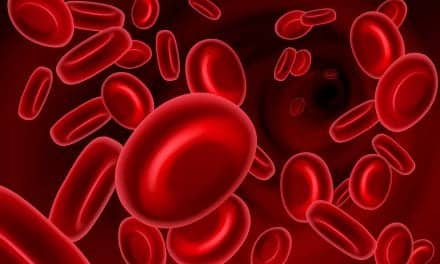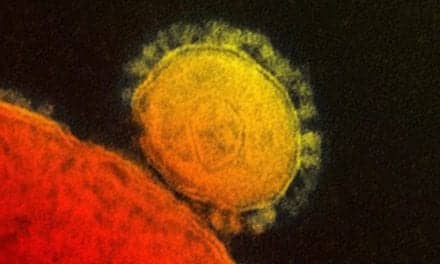Researchers at Michigan Technological University say that understanding a virus’s hydrophobic outer coat could improve our ability to make vaccines.
The complex structures making the surface of a virus are small weaves of proteins that make a big impact on how a virus interacts with cells and its environment. A slight change in protein sequence makes this surface slightly water-repelling, or hydrophobic, causing it to stick to other hydrophobic surfaces. A new paper, published recently in Colloids and Surfaces B: Biointerfaces, details surface hydrophobicity in porcine parovirus (PPV).
Caryn Heldt, an associate professor of chemical engineering at Michigan Technological University, is the paper’s lead author. Currently, she is on sabbatical in St. Louis working with Pfizer to better understand how surface hydrophobicity could be used to improve vaccination production.
“Vaccine purification is all about surface interactions; if the components break apart, then they cannot be used as a therapeutic,” Heldt says, adding that sensing and removing viruses also depend on surface interactions. “This may also help biologists understand a virus’ interactions with a cell.”
Read the whole story at www.sciencedaily.com










